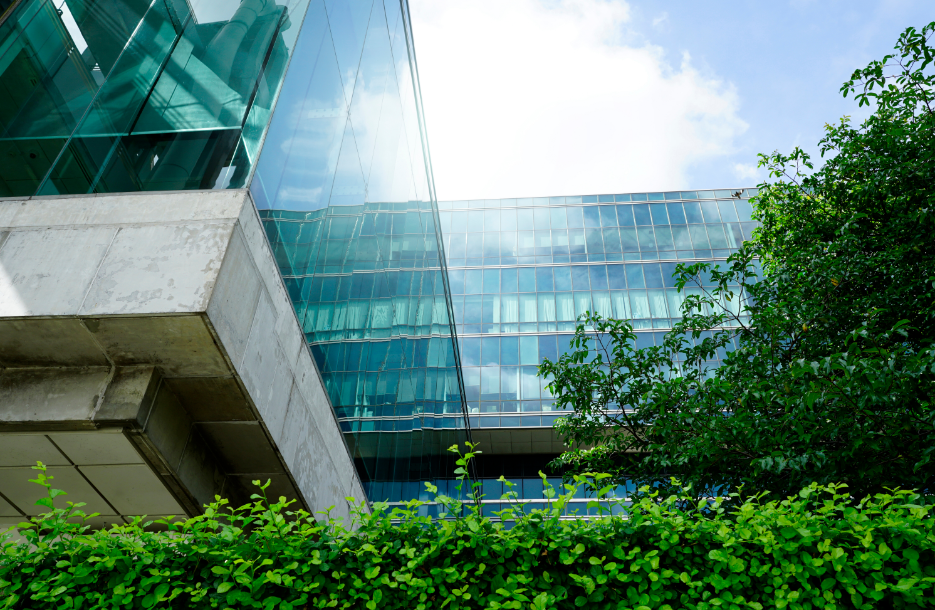
6 Ways to Grow Green
Three key issues in the commercial sector are driving the demand and urgency for more green. One, sustainability has moved up the corporate priority list. Two, tenants are willing to pay a premium for best-in-class green spaces. And three, property owners, developers and mangers are increasingly reallocating capital to climate-positive strategies because there’s risk in owning assets that don’t meet sustainability goals.
For landscape companies targeting high-value commercial real estate clients, green is a multi-billion-dollar business opportunity, especially when it comes to integrating on-structure landscaping, green roofs and walls, and ‘living architecture’ as a way to give underutilized properties a second chance. Landscape contractors with experience in this sector already see it as an opportunity zone.
If you’re looking to implement green initiatives, the long-term benefits far outweigh the costs.
1. Is the green conversion trend nationwide?
Some states are signing bills into law that incentivize developers to convert commercial buildings into much-needed residential space, including mixed-use options. If your state isn’t among them, or zoning regulations are an obstacle for now, keep an eye on commercial development pipelines, stay close to your developer/owner customers so you can pivot when ready. Not every strategy works for every opportunity but by understanding the requirements and challenges, you’ll be able to move first.
2. Are conversions really the wave of the future?
While commercial repurposing and retrofitting has existed for decades, the growth potential was accelerated by the pandemic and empty office space. Every owner, developer and property manager needs the financial benefits that come with green conversions. Landscape contractors able to capitalize on this trend can not only communicate a commitment to green building practices but benefit from positive returns over the long term.
3. Where can I learn more? If you don’t have the bench strength or the capability now but want to ramp up, network with the Commercial Real Estate Development Association and the Building Owners and Managers Association, and do your homework. CBRE, JLL, Cushman & Wakefield and Urban Land Institute regularly publish insights that can help you plan beyond your traditional positioning and give you time to strengthen your focus.
4. How do I find opportunities?
Talk with your existing commercial clients at trade shows and targeted events. Talk to CEO colleagues in your peer groups who have built expertise in this area and learn what the process is like from the inside.
5. How do I create a successful green strategy?
Keep it simple with one or two critical targets and the steps that can multiple your effectiveness. A plan to capture more green work will come with logistical, operational and messaging challenges, but there are people who can help and ways to test your plan before you take action. Ask yourself: Does your current approach resonate with where your commercial accounts are going? Could having a sustainability framework contribute more to your performance and bidding success? Could expanding your green expertise serve as a platform for further innovation and growth?
6. How do I differentiate in a crowded market of sustainability messaging? Use data to quantify the green premium of landscaping, such as: linking landscaping to value creation, the cost savings you’ve produced for your clients by meeting performance standards for energy efficiency, safety, waste reduction, water and resource conservation, carbon sequestration and environmental quality. Build a portfolio of LEED projects and a resume of expertise in stormwater quality and erosion control, integrated pest management, habitat restoration and water-smart and pollinator-friendly landscaping. Give qualified members of your team LEED Green Associate training and credentialing to boost your company’s credibility as a knowledge partner.
Reprinted with permission. GIE Media. Lawn & Landscape July 2023 (c)

